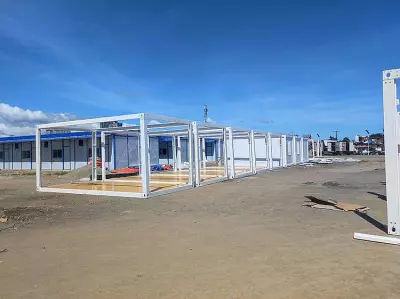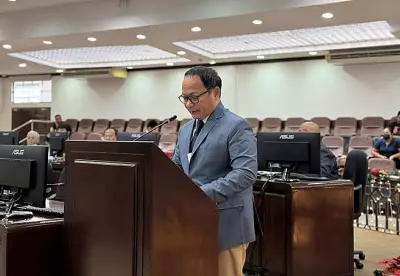
The recent devastation caused by Typhoon Tino in Barangay Bacayan, Cebu City, has left residents and officials searching for answers. What transformed this typically manageable weather event into a catastrophic flood that displaced hundreds of families?
The Perfect Storm of Factors
According to Cebu City Disaster Risk Reduction and Management Office (CDRRMO) head Harold Alcontin, multiple converging elements created the disaster:
- Heavy rainfall intensity: Typhoon Tino dumped an unprecedented amount of rain in a short period, overwhelming existing drainage systems
- Geographical vulnerability: Bacayan's location as a natural catchment area means water from higher elevations naturally flows downward into the community
- Infrastructure limitations: The current drainage systems proved completely inadequate for the volume of water
Long-Standing Warnings Ignored
Alcontin revealed that disaster management officials had repeatedly flagged Bacayan as high-risk for flooding. "We have been telling them that Bacayan is a catch basin," he stated, emphasizing that this was not new information but rather a predicted scenario that finally materialized.
The flooding proved so severe that it prompted Cebu City Mayor Michael Rama to declare a state of calamity in affected northern barangays, including Bacayan, enabling quicker access to emergency funds and resources.
Beyond Natural Causes: Human Factors at Play
While nature delivered the rainfall, human factors significantly contributed to the catastrophe:
- Inadequate infrastructure development: Drainage systems failed to keep pace with urban development
- Environmental changes: Altered landscapes affected natural water absorption and flow patterns
- Delayed response systems: The speed and intensity of flooding caught many residents by surprise
Moving Forward: Lessons from the Disaster
The Bacayan flooding serves as a stark reminder of the urgent need for improved urban planning and disaster preparedness. As climate patterns become increasingly unpredictable, communities like Bacayan require:
- Enhanced drainage infrastructure capable of handling extreme weather events
- Early warning systems that provide adequate time for evacuation
- Community education programs about flood risks and preparedness
- Regular maintenance of existing drainage and water management systems
The catastrophe in Bacayan underscores how multiple failures—both natural and man-made—can combine to create disaster, highlighting the critical importance of heeding environmental warnings and investing in resilient infrastructure before disaster strikes.





